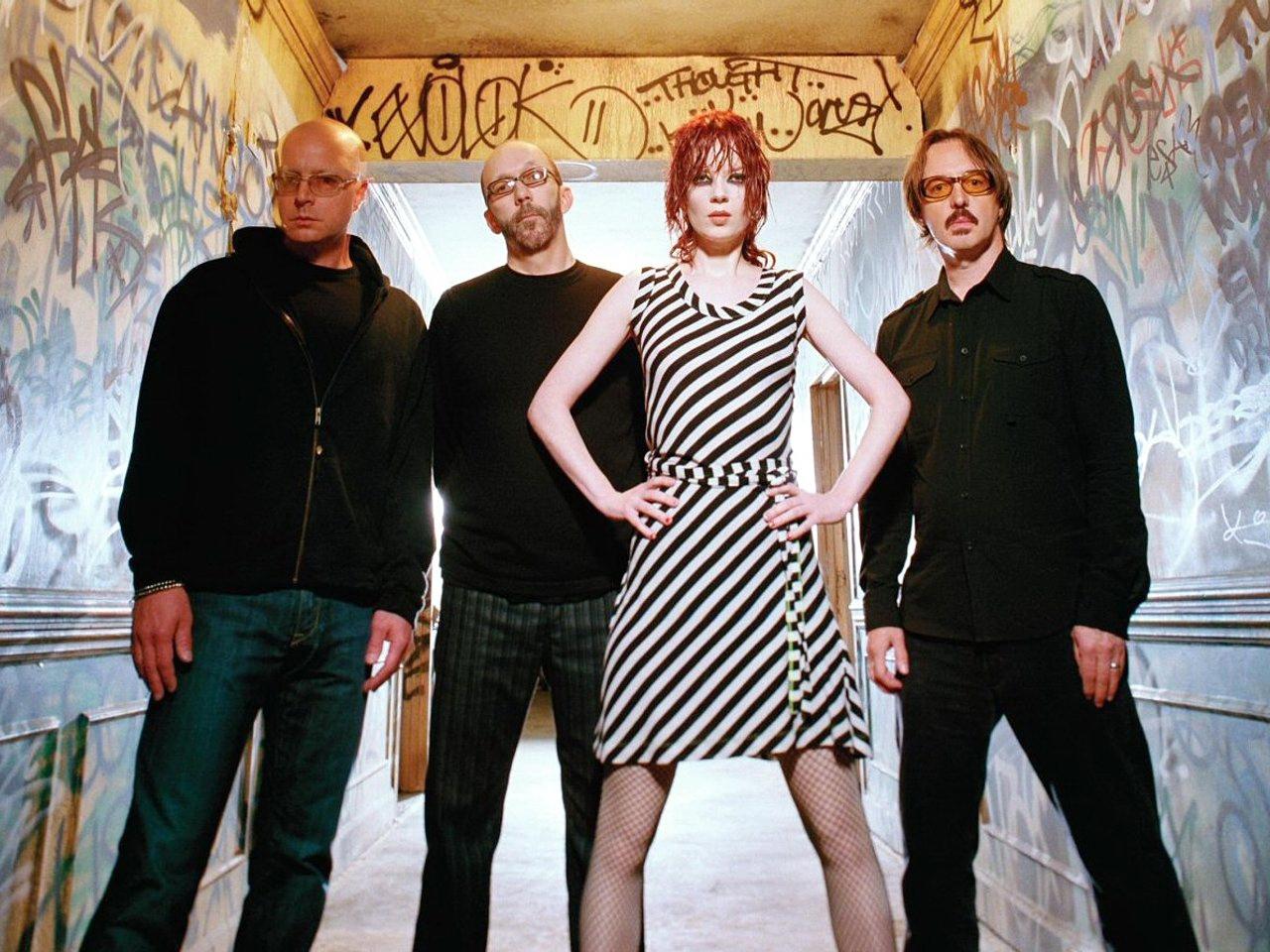
anomalien.com
Consciousness may have evolved to benefit society rather than individuals
Why did the experience of consciousness evolve from our underlying brain physiology? Despite being a vibrant area of neuroscience, current research on consciousness is characterised by disagreement and controversy – with several rival theories in contention.
A recent scoping review of over 1,000 articles identified over 20 different theoretical accounts. Philosophers like David Chalmers argue that no single scientific theory can truly explain consciousness.
We define consciousness as embodied subjective awareness, including self awareness. In a recent article published in Interalia (which is not peer reviewed), we argue that one reason for this predicament is the powerful role played by intuition.
We are not alone. Social scientist Jacy Reese Anthis writes “much of the debate on the fundamental nature of consciousness takes the form of intuition jousting, in which the different parties each report their own strong intuitions and joust them against each other”.
Dangers of intuition
Key intuitive beliefs – for example that our mental processes are distinct from our physical bodies (mind-body dualism) and that our mental processes give rise to and control our decisions and actions (mental causation) – are supported by a lifetime of subjective experiences.
These beliefs are found in all human cultures. They are important as they serve as foundational beliefs for most liberal democracies and criminal justice systems. They are resistant to counter evidence. That’s because they are powerfully endorsed by social and cultural concepts such as free will, human rights, democracy, justice and moral responsibility. All these concepts assume that consciousness plays a central controlling influence.
Intuition, however, is an automatic, cognitive process that evolved to provide fast trusted explanations and predictions. In fact, it does so without the need for us to know how or why we know it. The outcomes of intuition therefore shape how we perceive and explain our everyday world without the need for extensive reflection or formal analytic explanations.
While helpful and indeed crucial for many everyday activities, intuitive beliefs can be wrong. They can also interfere with scientific literacy.
Intuitive accounts of consciousness ultimately put us in the driver’s seat as “captain of our own ship”. We think we know what consciousness is and what it does from simply experiencing it. Mental thoughts, intentions and desires are seen as determining and controlling our actions.
The widespread acceptance of these tacit intuitive accounts helps explain, in part, why the formal study of consciousness was relegated to the margins of mainstream neuroscience until late 20th century.
The problem for scientific models of consciousness remains accommodating these intuitive accounts within a materialist framework consistent with the findings of neuroscience. While there is no current scientific explanation for how brain tissue generates or maintains subjective experience, the consensus among (most) neuroscientists is that it is a product of brain processes.
What is Consciousness?
Social purpose
If that’s the case, why did consciousness, defined as subjective awareness, evolve?
Consciousness presumably evolved as part of the evolution of the nervous system. According to several theories the key adaptive function (providing an organism with survival and reproductive benefits) of consciousness is to make volitional movement possible. And volition is something we ultimately associate with will, agency and individuality. It is therefore easy to think that consciousness evolved to benefit us as individuals.
But we have argued that consciousness may have evolved to facilitate key social adaptive functions. Rather than helping individuals survive, it evolved to help us broadcast our experienced ideas and feelings into the wider world. And this might benefit the survival and wellbeing of the wider species.
The idea fits with new thinking on genetics. While evolutionary science traditionally focuses on individual genes, there is growing recognition that natural selection among humans operates at multiple levels. For example, culture and society influence traits passed on between generations – we value some more than others.
Central to our account is the idea that sociality (the tendency of groups and individuals to develop social links and live in communities) is a key survival strategy that influences how the brain and cognition evolve.
Adopting this social evolutionary framework, we propose that subjective awareness lacks any independent capacity to causally influence other psychological processes or actions. An example would be initiating a course of action. The idea that subjective awareness has a social purpose has been described previously by other researchers.
The claim that subjective awareness is without causal influence, however, is not to deny the reality of subjective experience or claim that the experience is an illusion.
While our model removes subjective awareness from the traditional driving seat of the mind, it does not imply that we don’t value private internal experiences. Indeed, it is precisely because of the value we place on these experiences that intuitive accounts remain compelling and widespread in social and legal organisation systems and psychology.
While it is counter-intuitive to attribute agency and personal accountability to a biological assembly of nerve cells, it makes sense that highly valued social constructs such as free will, truth, honesty and fairness can be meaningfully attributed to individuals as accountable people in a social community.
Think about it. While we are deeply rooted in our biological nature, our social nature is largely defined by our roles and interactions in society. As such, the mental architecture of the mind should be strongly adapted for the exchange and reception of information, ideas and feelings.
Consequently, while brains as biological organs are incapable of responsibility and agency, legal and social traditions have long held individuals accountable for their behaviour.
Key to achieving a more scientific explanation of subjective awareness requires accepting that biology and culture work collectively to shape how brains evolve. Subjective awareness comprises only one part of the brain’s much larger mental architecture designed to facilitate species survival and wellbeing.
Peter W Halligan, Hon Professor of Neuropsychology, Cardiff University and David A Oakley, Emeritus Professor of Psychology, UCL
This article is republished from The Conversation under a Creative Commons license. Read the original article.
The post Consciousness may have evolved to benefit society rather than individuals appeared first on Anomalien.com.
















